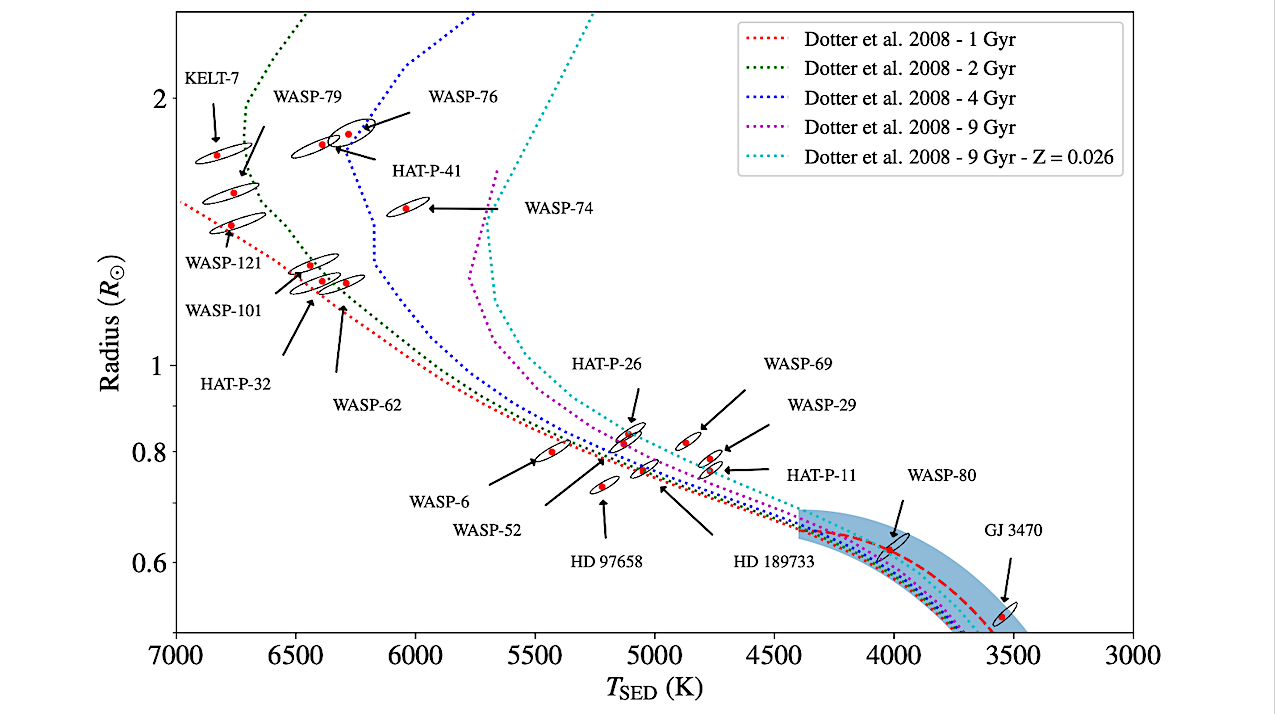Unlocking Exoplanet Secrets with Stellar Spectral Energy Distributions
Astronomers have made a significant breakthrough in exoplanet science by leveraging stellar spectral energy distributions (SEDs) to measure exoplanet parameters more accurately. For those new to the term, SEDs describe how a star emits energy across different wavelengths. By analyzing these energy patterns, scientists can better determine the physical characteristics of stars—and, by extension, their orbiting exoplanets.

Why Does This Matter?
Precise knowledge of a star’s properties is crucial because exoplanet measurements often rely on data relative to their host star. If you think about it, trying to measure an exoplanet without understanding its star is like guessing the size of a flea without knowing how big the dog is! By using SEDs, astronomers can now estimate exoplanet sizes, temperatures, and orbits with much higher confidence.
So, the next time you read about a new ‘Earth-like’ planet, remember: it’s not just about the planet itself but also how well we understand its stellar neighbor. This research is a stellar example (pun intended) of how looking at the bigger picture—literally—leads to groundbreaking discoveries in the cosmos!
















